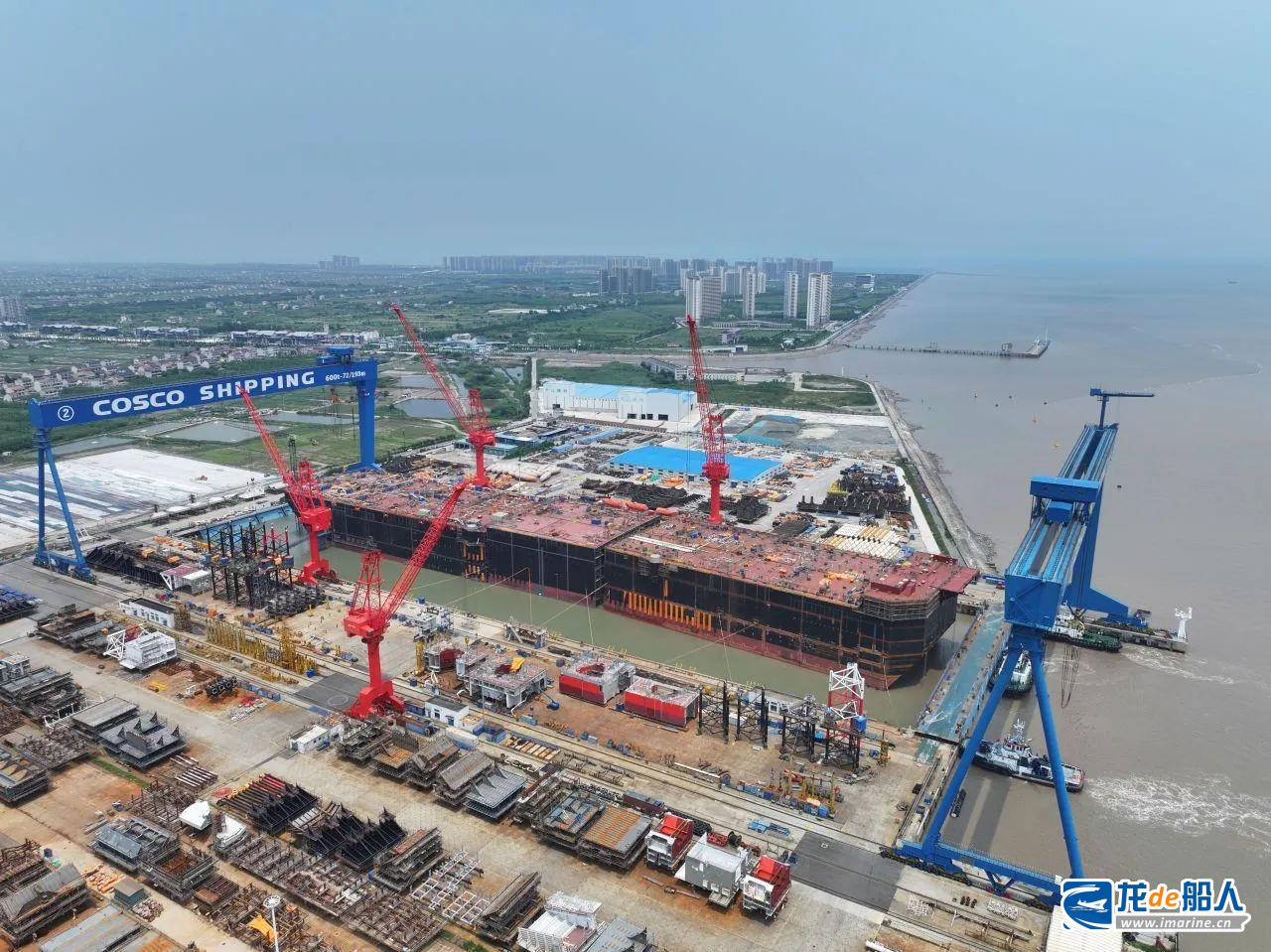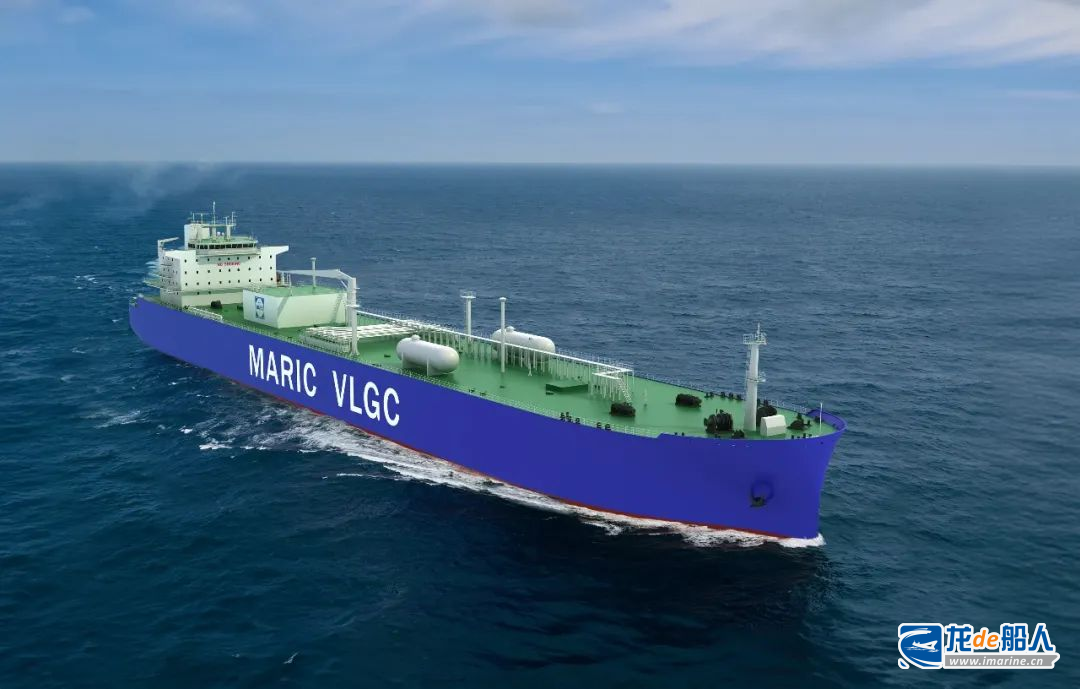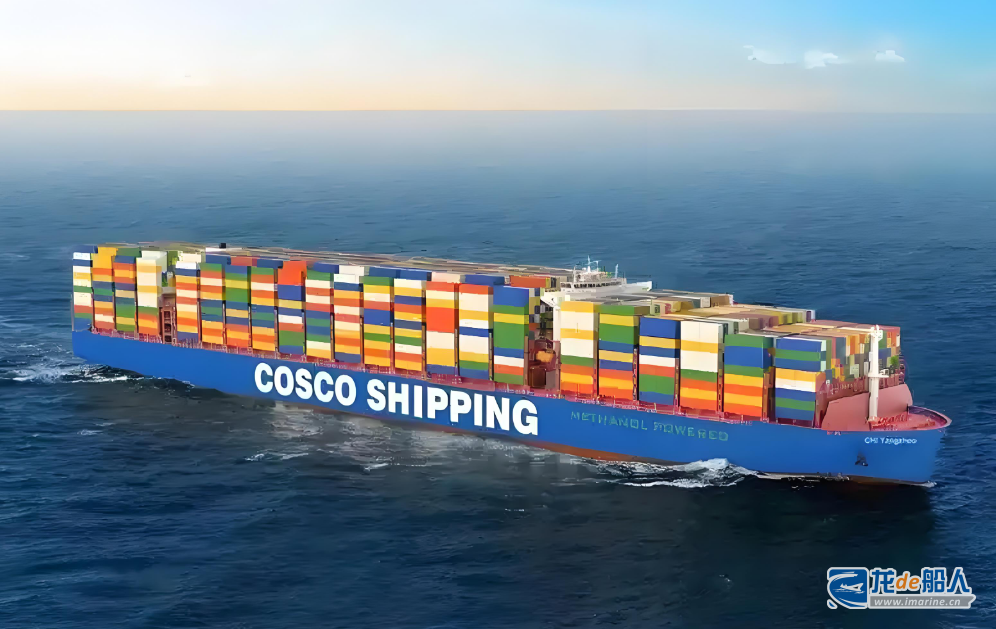At the end of last year, COSCO Shipping Group ordered two very large liquefied gas carriers (VLGCs) from its subsidiary COSCO SHIPPING (Qidong) Offshore. Six months later, the shipping giant has placed additional orders at the same shipyard.

According to TradeWinds, COSCO Shipping Group has signed a contract with COSCO SHIPPING (Qidong) Offshore to build another two 88,000 cubic meter VLGCs. With the new order, COSCO Shipping has ordered four dual-fuel VLGCs from the yard. This move is aimed at strengthening COSCO Shipping’s business in the liquefied petroleum gas field.
The first two VLGCs were reported in mid-December 2024, marking COSCO Shipping Heavy Industry as another Chinese shipbuilder to undertake VLGCs or very large liquid ammonia carriers (VLACs) after Jiangnan Shipyard (93,000 cubic meters VLGCs), Yangzi Mitsui Shipbuilding (88,000 cubic meters VLGCs) and Hengli Heavy Industries (93,000 cubic meters VLGCs), successfully expanding into new construction areas.
Before the first batch of orders were made public last year, on November 29, 2024, Marine Design and Research Institute of China (MARIC) announced that it had signed a design contract for an 88,000 cubic meter VLGC with COSCO SHIPPING (Qidong) Offshore. The 88,000 cubic meter VLGC is a new generation of very large liquefied petroleum gas carrier developed by MARIC. It is currently the largest VLGC in the world that can pass through the Panama Canal. It can not only transport LPG, but also be compatible with the transportation of liquid ammonia to meet the market demand for liquid ammonia transportation in the future.

The VLGC is 230 meters long and 32.25 meters wide. It adopts Type A independent liquid cargo tanks, and the ship type optimization further improves the tank capacity utilization rate. It adopts a newly designed upright bow line and is equipped with energy-saving ducts and rudder bulbs to further improve the speed performance. It is equipped with LPG dual-fuel main engines and shaft generators, which can meet the most stringent emission requirements while maintaining the best economy. It is equipped with intelligent systems, and the entire vessel has a high level of intelligence.
As a Chinese shipping giant, COSCO Shipping Group is accelerating the optimization of its fleet structure. This year, the group has placed orders for shipbuilding in the fields of oil tankers, bulk carriers, container vessels and special vessels. According to incomplete statistics, a total of 23+10 vessels, and the shipbuilding projects of its subsidiaries COSCO Shipping Holdings and COSCO SHIPPING Energy Transportation alone are worth about RMB 25.7 billion (about US$3.57 billion).

As of December 31, 2024, COSCO Shipping’s operating fleet has a total capacity of 130 million deadweight tons/1,535 vessels, ranking first in the world. Among them, the container fleet has a scale of 3.388 million TEUs/542 vessels, ranking first in the world; the dry bulk fleet has a capacity of 49.826 million deadweight tons/468 vessels, the oil and gas fleet has a capacity of 32.8 million deadweight tons/251 vessels, and the general cargo and special fleet has a capacity of 7.883 million deadweight tons/207 vessels, all ranking first in the world.
COSCO Shipping has formed a relatively complete industrial structure system in the upstream and downstream industrial chains of shipping, terminals, logistics, shipping finance, shipbuilding and ship repair. The group has invested in 58 terminals around the world, including 51 container terminals, with an annual throughput capacity of 130 million TEUs, ranking first in the world; global ship fuel sales exceed 30.37 million tons, ranking first in the world; annual container manufacturing capacity exceeds 1.44 million TEUs, ranking second in the world; container leasing business has a scale of 4 million TEUs, ranking third in the world. The scale of orders for offshore engineering equipment manufacturing and ship agency business also ranks among the top in the world.


